Creative Visionaries: Artists That Made a Lasting Impression
One of the requirements to receive my Bachelor of Fine Arts degree was to take a number of history credits. Art History 101 begins with studying the earliest known prehistoric art and researching the significance of prehistoric cave paintings. Information about the Lascaux Cave art, in southern France, was literally the first page in my book from that class. Moving through those art history classes, I began to understand the artistic styles of the different eras. Artistic style both evolved and grew aesthetically into the period that followed it, or the style influenced a major shift away from what had been done in the past.
The style that caught my eye in those classes and remains my favorite today is the work of Impressionists like Monet, Renoir, Pissarro, and Degas. Impressionism is a prime example of a movement that broke away from the realism that came before it and turned into something that allowed more creative freedom to paint colors and things that might not actually be there. These artists were focused on painting the light and feeling in a particular moment in time rather than realistically recording exactly what they saw. I believe they were the forefathers (and mothers) of abstract painting…this is probably why I have always loved their work!

A BIT ABOUT THE MOVEMENT
Impressionism can be considered the first distinctly modern movement in painting. It gained its name after a hostile French critic, reviewing the first major Impressionist exhibition of 1874, seized the title of Claude Monet’s painting “Impression, Sunrise,” and accused the group of painting nothing but impressions. Part of the artist’s goal was, in fact, to capture a split second of life, an ephemeral moment in time on the canvas: the impression. These artists were moving distinctly away from depictions of idealized forms and perfect symmetry in order to paint the world as they saw it, imperfect in a myriad of ways.
The Impressionists loosened their brushwork, lightened their palettes and abandoned traditional linear perspective. For this reason, many critics faulted Impressionist paintings for their unfinished appearance and what they deemed amateurish quality.
The artists themselves were a particularly diverse group of men, women, mostly French, some American, bourgeois and working class representing a broad range of economic backgrounds working together as an art collective. They often met to discuss painting and their art in the Parisian cafés in the Montmartre area in Paris. The broad range of personalities and backgrounds is likely the reason so much success arose from all their individual, and group, efforts.
HANGING WITH THE MASTERS
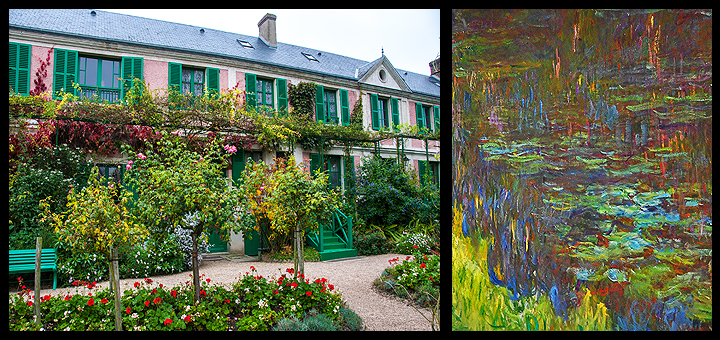
It’s one thing to page through books or search the Internet to learn about art and the artists that create it. It’s a whole different thing to stand right in front of a hanging painting by a favorite artist or walk through the gardens where he spent years mastering his craft. To experience Monet’s lily ponds, colorful home and painting studio fills in the gaps of what history books try, but can’t fully convey without being there in person. You can see first hand the light, atmosphere, and changing hues on the ponds that were communicated by Monet via dabbled paint on canvases that eventually found their way to the places like the Orangerie Museum in Paris, France.
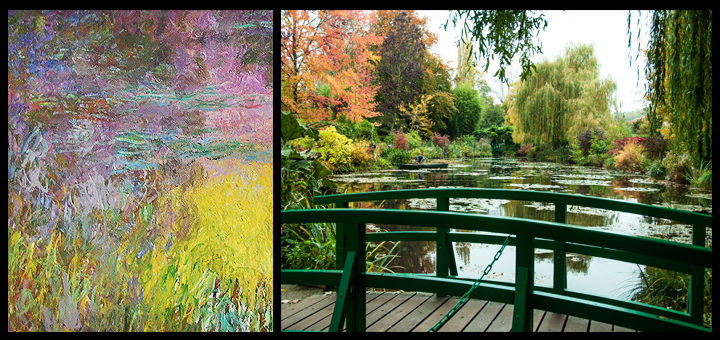
Wherever I travel I investigate what artists or museums are most well known in that area and make a point to see things first hand and learn more about them. If you are also a fan of the Impressionists and find yourself in Paris, I have a few recommendations other than Giverny Gardens and the Orangerie Museum. There is a terrific Monet museum in an area less traveled called Marmottan Monet Museum. There you will find the world’s largest Monet collection, including “Impression, Sunrise” to Giverny’s Water Lilies which is the painting that gave name to this style of art. Also, spend a half-day at the better-known Musée d’Orsay in Paris center which houses a spectacular Impressionist collection by all the masters.
If you’ve been to any of these museums, give me your impressions. If you have other favorites to share please do!

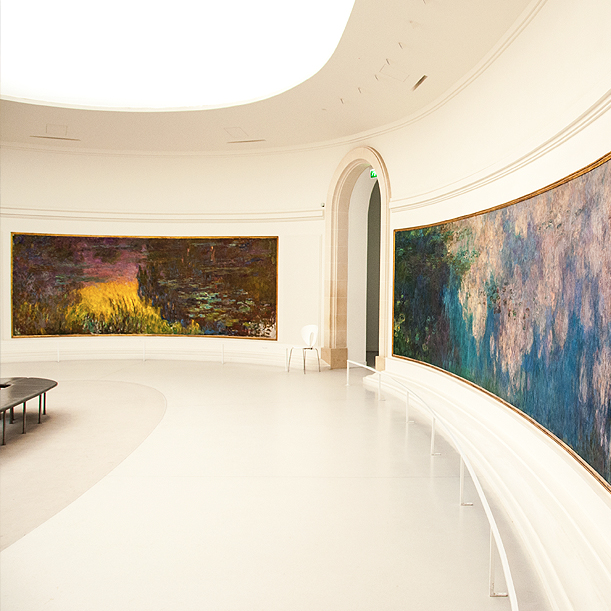
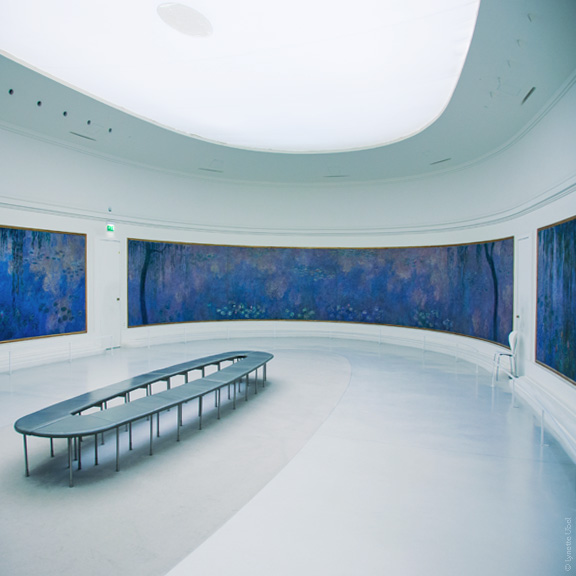
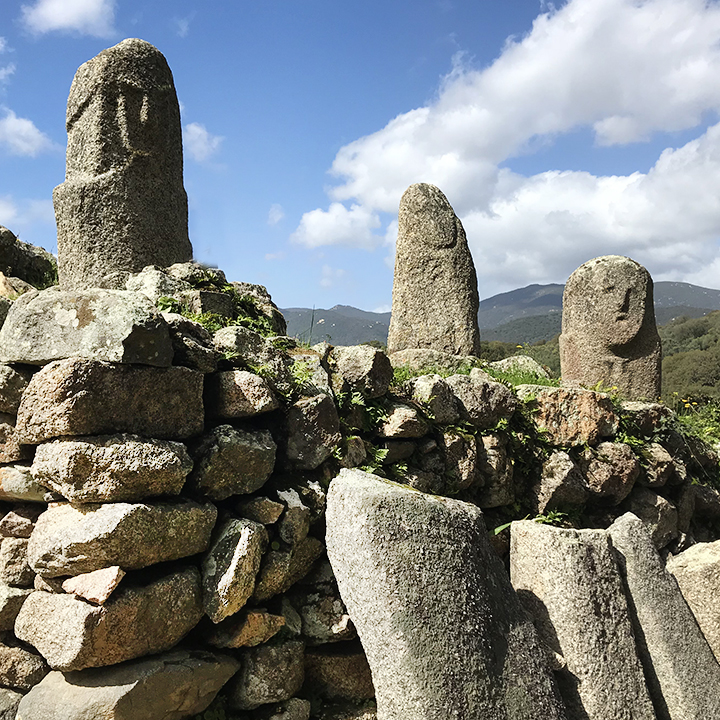
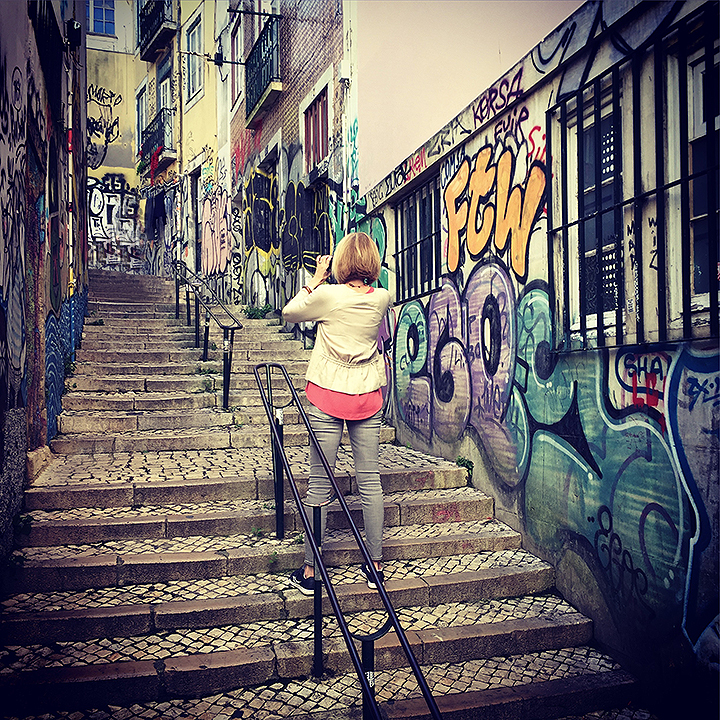
This Post Has 0 Comments